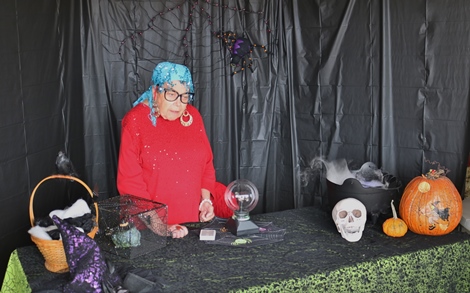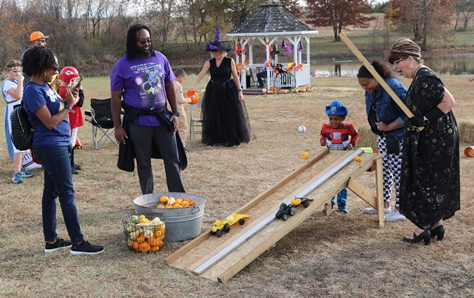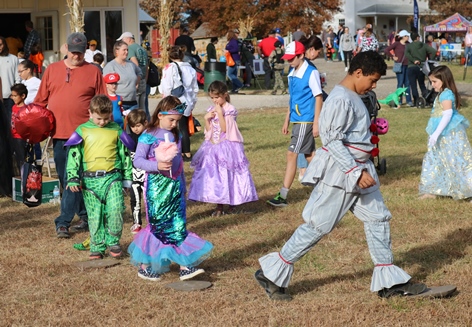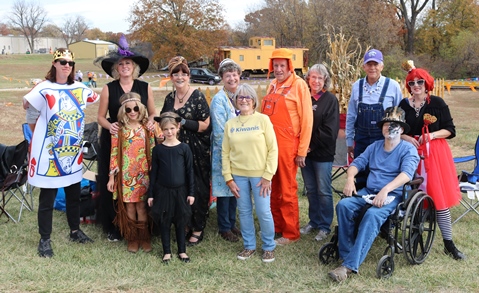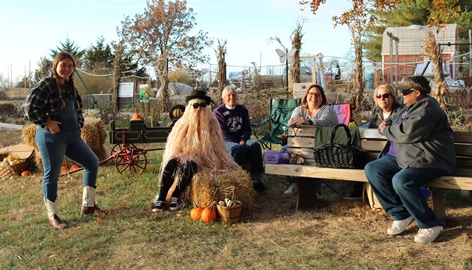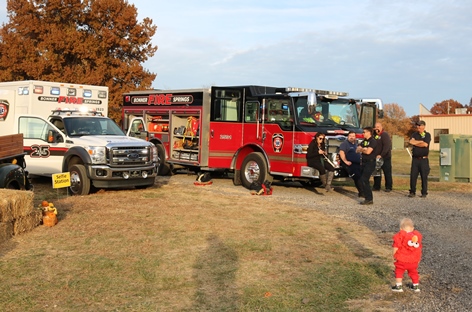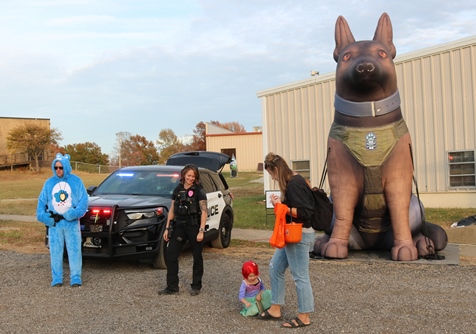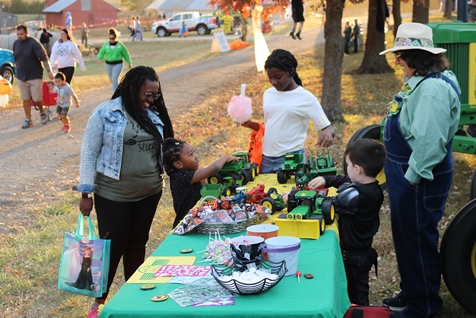Some tips from the University of Kansas Health System Poison Control Center:
Medications looking like candy is a common issue at the poison control center, Dr. Elizabeth Silver, managing director of the center, said.
Doctors recommend locking up your medications and keeping them separate from candy to reduce the risk of kids getting into it. Sometimes kids can’t tell the difference.
The DEA has released warning statements and precautions of rainbow fentanyl disguised as colorful candy, Dr. Silver said. From the poison center perspective in Kansas, they have seen no evidence of this actually being given to children. However, a lot of these medications and drugs sold on the street are meant to stand out in a colorful, fun way and are very dangerous.
Edibles are another concern because they can be mixed up with what kids can get – baked goods, gummies, and specifically branded candies that are THC-infused.
There’s a wide range of symptoms that they see from kids eating edibles. So depending on how much they get in the dose, and how old the child is, you can see signs of confusion, but they can have changes in their vital signs – heart rate, blood pressure – either increasing or decreasing.
If you think that they did ingest something and they’re not having symptoms, call the Kansas Poison Control Center at 1-800-222-1222. If they’re having severe symptoms – you’re worried about their breathing and their responsiveness – that’s definitely a 911 call.
Glow sticks are nice for Halloween because they can add visibility for others, but if they are tampered with, they can be dangerous, she said. The contents inside can leak out and if they get in the mouth, skin, or eyes, it can be irritating.
For Halloween parties, be careful with dry ice, she said. Make sure that you handle dry ice appropriately – have some sort of protective equipment if you’re going to handle it. Do not put it in drinks. No one should be ingesting dry ice as it can cause severe burns in the mouth and the esophagus. It’s a choking hazard. It’s releasing carbon dioxide, so you’re getting less oxygen and it can cause perforations.






